Written by Soudip
October 20th 2014You Are Here
Home > Egypt > Great Pyramid of Giza Historical Facts and PicturesBent Pyramid Historical Facts and Pictures
Located at the royal necropolis of Dahshur, the Bent Pyramid was built by Pharaoh Sneferu in 2600 BC. The name is derived from its mysterious shape, which suddenly changes to a 43 degree angle in the upper part from the 54 degree inclined lower part. Several theories are related to this odd transformation in angles. It is believed that the unusual structure resulted due to Pharaoh Sneferu’s realization to save enormous amount of labor and materials, which were required if he had continued to build the pyramid according to its initial angle. Hence, he decided to change the angle so that the structure should not reach a colossal height. Another theory suggests that the change of angles was the outcome of the displacement and cracking of blocks that formed the passageways and chambers. The German born British medical physicist Kurt Alfred Georg Mendelssohn suggested that the change of angle was a sign of a security precaution after the catastrophic collapse of Meidum Pyramid.
Bent Pyramid Entrance
Interior passages in Bent Pyramid
The Bent Pyramid consists of two entrances. The low entrance on the north side, occupying a wooden stairway, built for the convenience of the visitors, leads to a chamber below the ground level. The high western entrance leads to a chamber that is adjacent to the pyramid itself. A pair of stone blocks closes the passage in the west entrance. A connecting passage adjoins the north chamber to the western passage.
Inside Structures of Bent Pyramid
The pyramid complex consists of a pyramid temple on the east and a satellite pyramid on the south. Built of white limestone, the temple comprises three equal sections. It is presumed to be similar to Meidum temple. The satellite pyramid is built of limestone blocks, which are relatively thick and arranged in horizontal order. It occupies the burial chamber in its center, which can be accessed through a descending corridor. A horizontal passage connects this descending corridor to an ascending corridor.
According to archaeologists, this fascinating structure exemplifies the transitional form between step pyramids and smooth pyramids. The uniqueness of the pyramid also lies in its original polished limestone casing, which still remains intact, demonstrating the sparkling brilliance of the pyramids of Egypt before their casings are crumbled away.





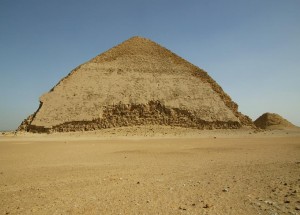

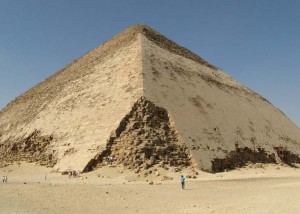
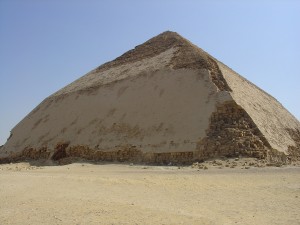
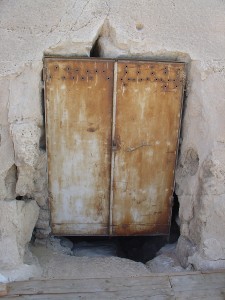
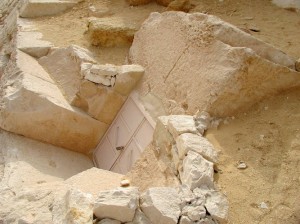
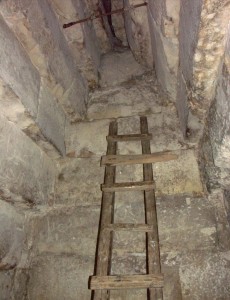
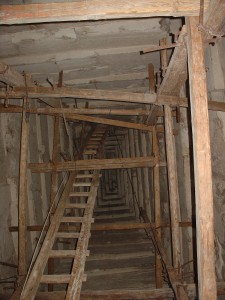
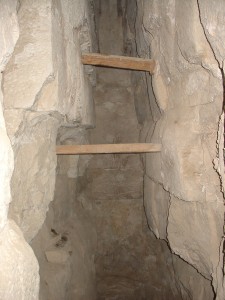
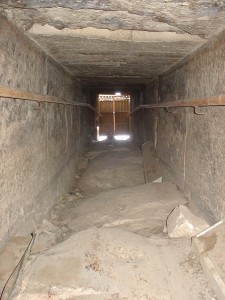
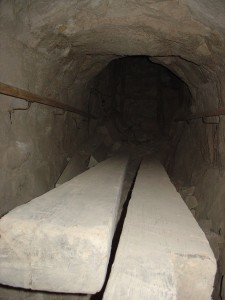





Great information for my project. Well done.